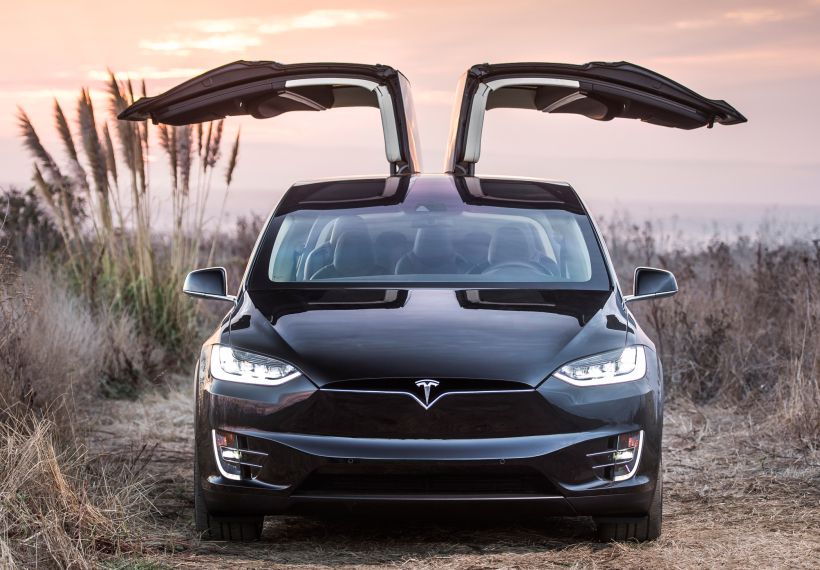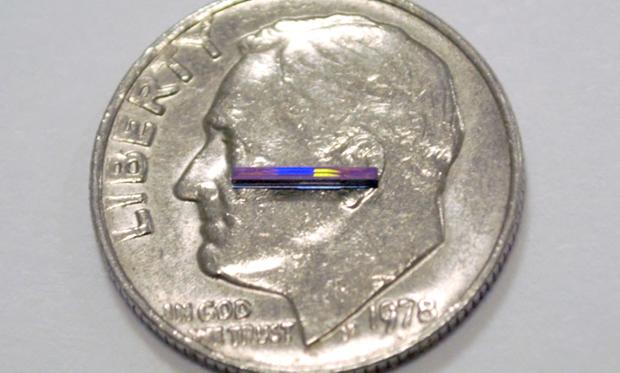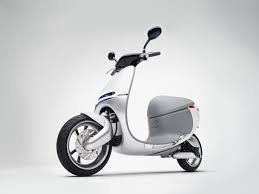Many folks have voiced the concerns over autonomous autos for many legitimate reasons including hacking and weak satellite signals for navigation especially when you review mountain ranges of the east coast.
The world has witnessed enormous advances in autonomous passenger vehicle technologies over the last dozen years.
The performance of microprocessors, memory chips and sensors needed for autonomous driving has greatly increased, while the cost of these components has decreased substantially.
Software for controlling and navigating these systems has similarly improved.






